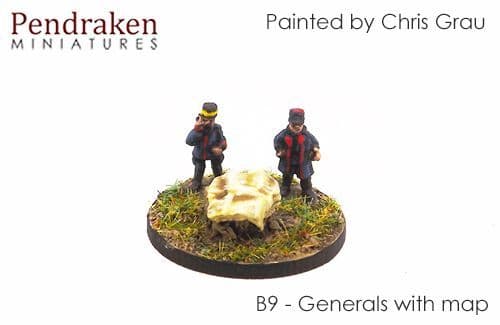Belgian
When World War I began, Germany invaded neutral Belgium and Luxembourg as part of the Schlieffen Plan, an attempt to capture Paris quickly by invading through neutral countries. It was this action that technically caused the British to enter the war, as they were still bound by the 1839 agreement to protect Belgium in the event of war. In August 1914, the German government demanded free passage through Belgian territory which was refused by the Belgian government. On 3rd August German troops invaded Belgium by crossing the frontier at dawn, Liège was attacked on 4 August and fell on 7 August. Belgium was poorly prepared for war with a new and inexperienced general staff. Compulsory service started in 1909 with a plan to have an army of 340,000 men by 1926. In 1914 the old system had been abandoned and the new one was unready. The army only had 102 machine guns and no heavy artillery. Much of the small army was captured early on and by late 1914 the king had only 60,000 soldiers left. A few young men volunteered to serve and by 1918 the total force had returned to 170,000, still too few to launch a major offensive. The Germans had nothing to gain from an attack, so the short Belgian front was relatively calm as gigantic battles raged elsewhere on the Western Front.
Pack contains 30 figures (27 foot (2 poses), 3 officers)
Pack contains 3 guns (3 guns, 3 gunshields, 6 wheels, 9 crew)
Pack contains 2 figures and a map on either a tree stump or rock
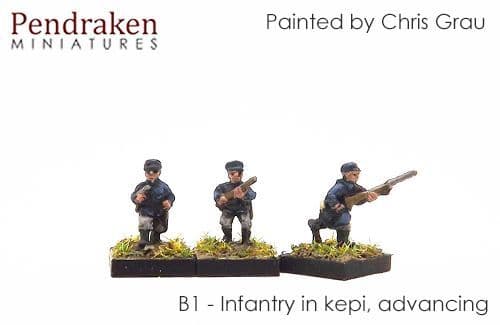
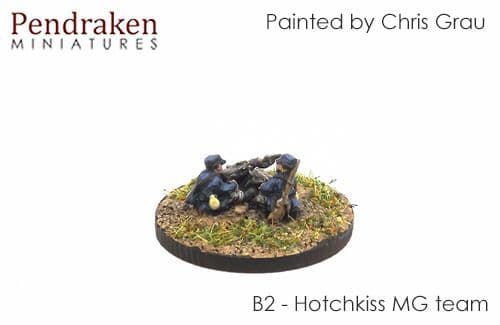
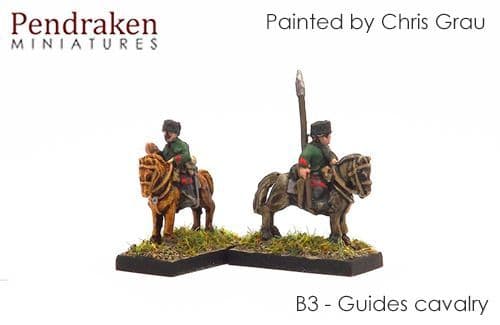
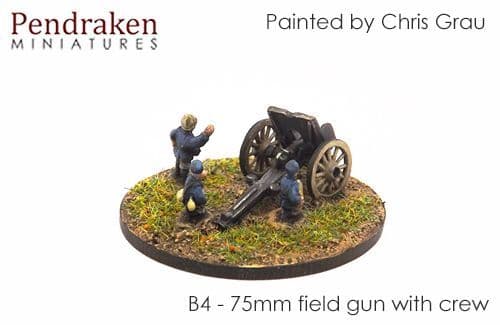
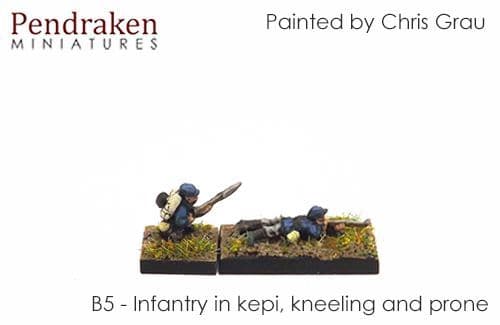
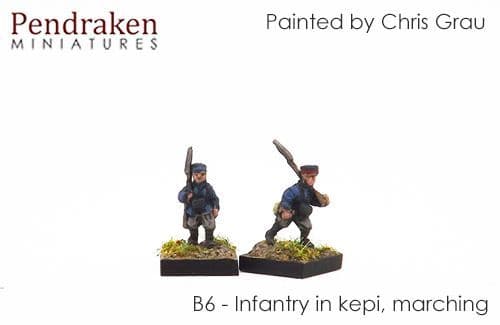
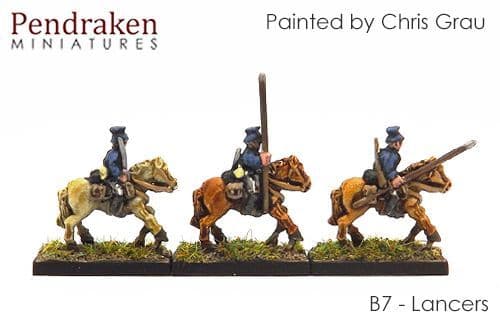
-2867-p.jpg)

